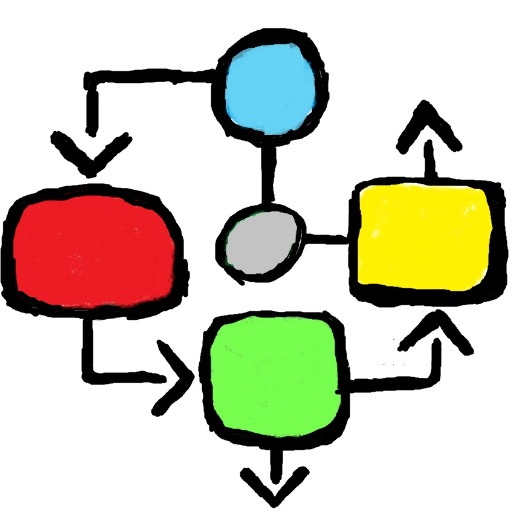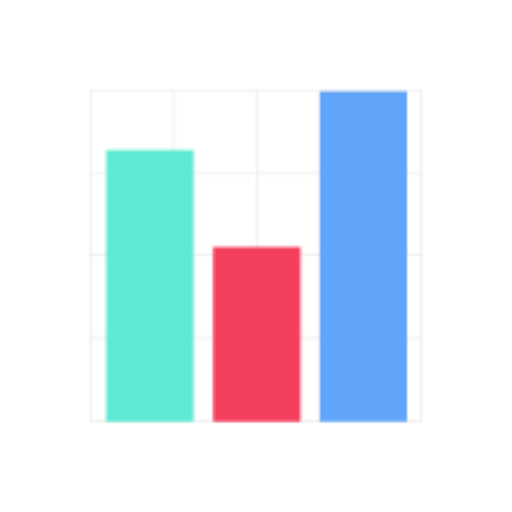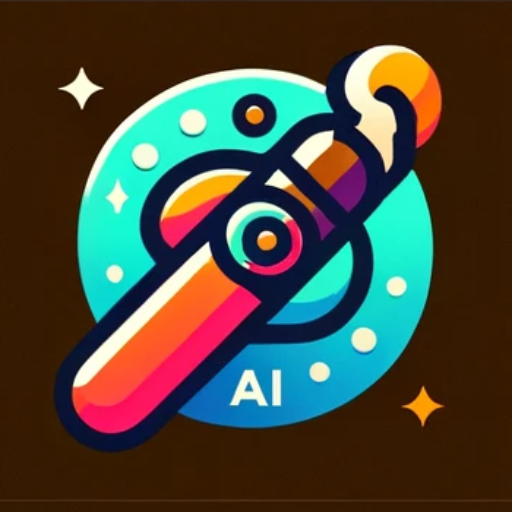Visu (Data & Concept Visualizer)-data and concept visualization tool.
AI-Powered Visual Insights Simplified.
Create a visual representation of the Material and Imaginal and the Spiritual in the form of a triangle. Spiritual on top. Material left. In the middle put the concept human.
Related Tools
Load More
Diagrams & Data: Research, Analyze, Visualize
Complex Visualizations (Diagram & Charts), Data Analysis & Reseach. For Coders: Visualize Databases, UserFlows, ERD, PlantUML and More. For business & data analysis: Mindmaps, Flowcharts and more.

Data Visualization Expert
A data viz expert specialized in creating charts and graphs from user-provided data with the knowledge to apply best practices for visual encoding, accessibility, and offer contextual suggestions for visualization types based on the provided data and inte

Data Visualizer 👉 Graphs 👉 Charts
Creates data visualizations, graphs, and charts.

Data Vizard
A data visualization wizard who can help you create beautiful charts and graphs.

Conceptmap
Create concepts and structure them in a map. Keep ideas and retrieve them whenever you need them.

Emmi Data Analysis and Visualizer
Expert in data analysis and visualization, offering clear explanations and guidance.
20.0 / 5 (200 votes)
Introduction to Visu (Data & Concept Visualizer)
Visu (Data & Concept Visualizer) is designed to transform textual information into visually engaging and informative graphics. The primary function is to analyze texts, extract key concepts, and create visual representations such as line graphs, bar charts, and other types of visualizations. This process helps make complex ideas more accessible and easier to understand. Examples of this include translating a lengthy business report into a series of charts that highlight sales trends, or converting academic research findings into visual summaries that can be easily grasped by a broader audience. Visu is particularly useful for creating business presentations, educational materials, and conducting data analysis, where visual aids can significantly enhance comprehension and engagement.

Main Functions of Visu (Data & Concept Visualizer)
Text Analysis and Concept Extraction
Example
Analyzing a research paper to extract key findings and themes.
Scenario
A university professor uses Visu to analyze students' essays, extracting main ideas and themes to provide visual feedback on common points and areas for improvement.
Visual Representation of Data
Example
Creating line graphs to depict sales performance over time.
Scenario
A sales manager inputs quarterly sales reports into Visu, which then generates line graphs to visualize trends, helping the manager to identify peak performance periods and plan future strategies accordingly.
Creation of Educational Materials
Example
Transforming historical event timelines into interactive visuals.
Scenario
A history teacher uses Visu to convert a timeline of major historical events into an interactive visual format, making it easier for students to understand and remember the sequence and significance of events.
Ideal Users of Visu (Data & Concept Visualizer)
Business Professionals
Business professionals, including managers and analysts, can benefit from Visu by converting complex reports and data into clear, concise visual presentations. This facilitates better decision-making and more effective communication of insights to stakeholders.
Educators and Students
Educators and students can use Visu to transform educational content into visual aids that enhance learning and retention. By visualizing complex concepts, educators can make lessons more engaging, while students can better grasp and retain information.

Steps to Use Visu (Data & Concept Visualizer)
Step 1
Visit aichatonline.org for a free trial without login, no need for ChatGPT Plus.
Step 2
Upload the document you wish to analyze. Ensure your file is in a compatible format such as PDF or DOCX for optimal processing.
Step 3
Select the type of visualization you want, such as line graphs, bar charts, or concept maps. Consider your data's complexity when choosing.
Step 4
Use the tool’s interface to customize your visualization by adjusting parameters like color, labels, and axes to match your preferences and requirements.
Step 5
Export the visualizations in your preferred format (e.g., PNG, SVG) to integrate into presentations or reports.
Try other advanced and practical GPTs
X (Twitter) Bio Writer
AI-Powered Twitter Bio Generator

Ultimate X (Twitter) Content Creator
AI-powered tool for impactful Twitter content.

API GPT
AI-powered API creation and design

Chrome Extension Engineer
AI-powered Chrome Extension Development

Database Management Systems
AI-powered database management tool.

Cigars Database
Your AI-powered guide to cigars

Social Media
AI-powered social media optimization tool.

Social Commenter
AI-powered comments that spark LinkedIn engagement.

Bible
AI-powered insights for Bible study

Bible College
AI-Powered Theological Insights

Yippy - UEFN Verse FortniteCreative helper
AI-powered assistance for Verse coding in Fortnite Creative.

Browsing with Bing
Your AI companion for web browsing.

- Research Papers
- Data Visualization
- Business Analysis
- Educational Content
- Presentation Design
Q&A about Visu (Data & Concept Visualizer)
What is Visu used for?
Visu is used to transform textual data into visual representations, making complex information easier to understand and analyze. It is ideal for business presentations, educational materials, and data analysis.
What file formats does Visu support?
Visu supports a variety of formats, including PDF and DOCX for input and PNG, SVG for output. This flexibility allows users to work with the most common document and image formats.
How does Visu enhance data comprehension?
By converting complex data sets into visual formats, Visu helps users quickly grasp patterns and insights, facilitating better decision-making and communication.
Can Visu be used for educational purposes?
Yes, Visu is perfect for educational use, helping teachers and students to visualize and understand complex concepts and data through interactive and engaging graphics.
Is there a limit to the size of the document Visu can process?
Visu can handle a wide range of document sizes, but performance may vary based on document complexity and length. It is optimized for both small and large data sets.